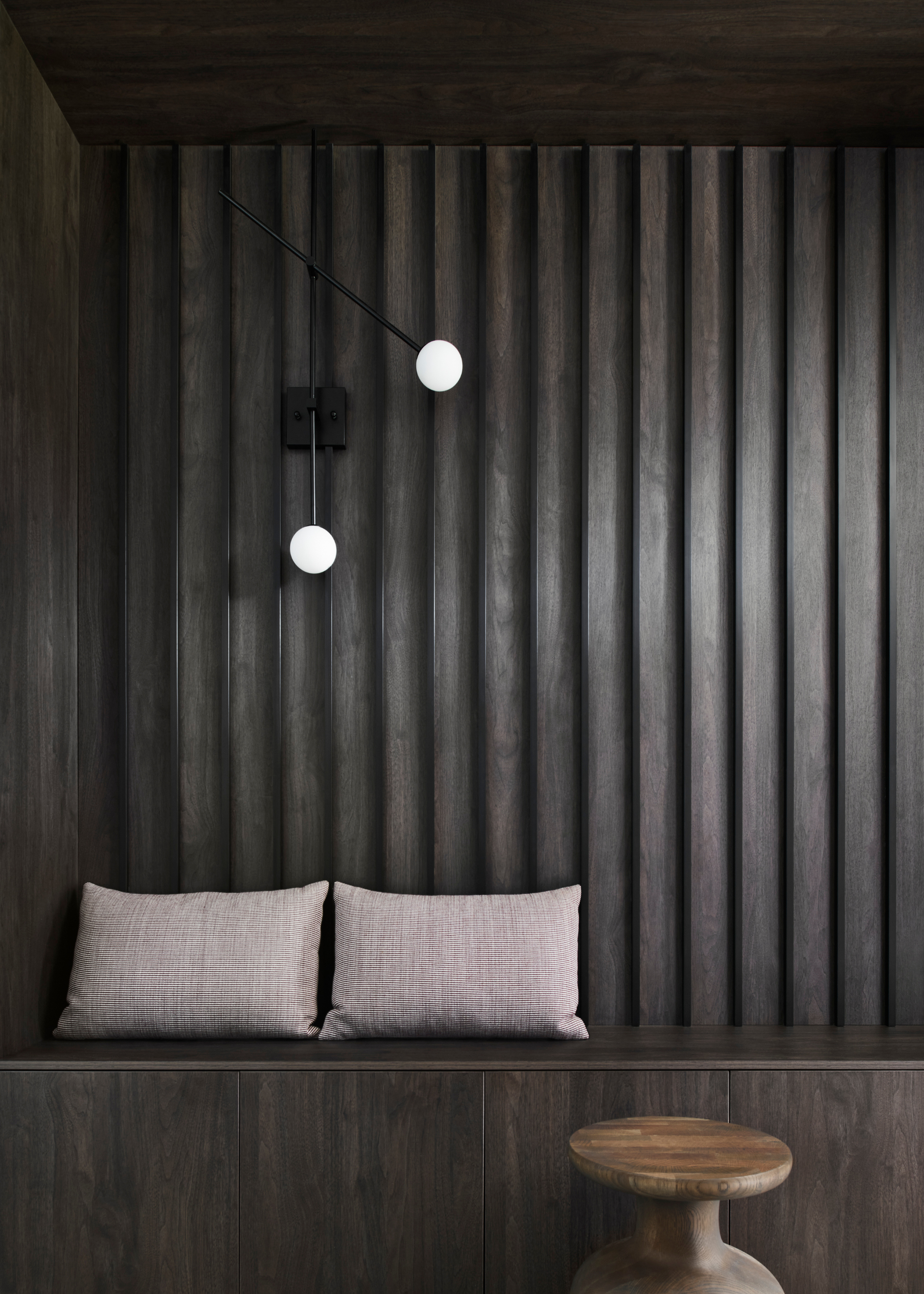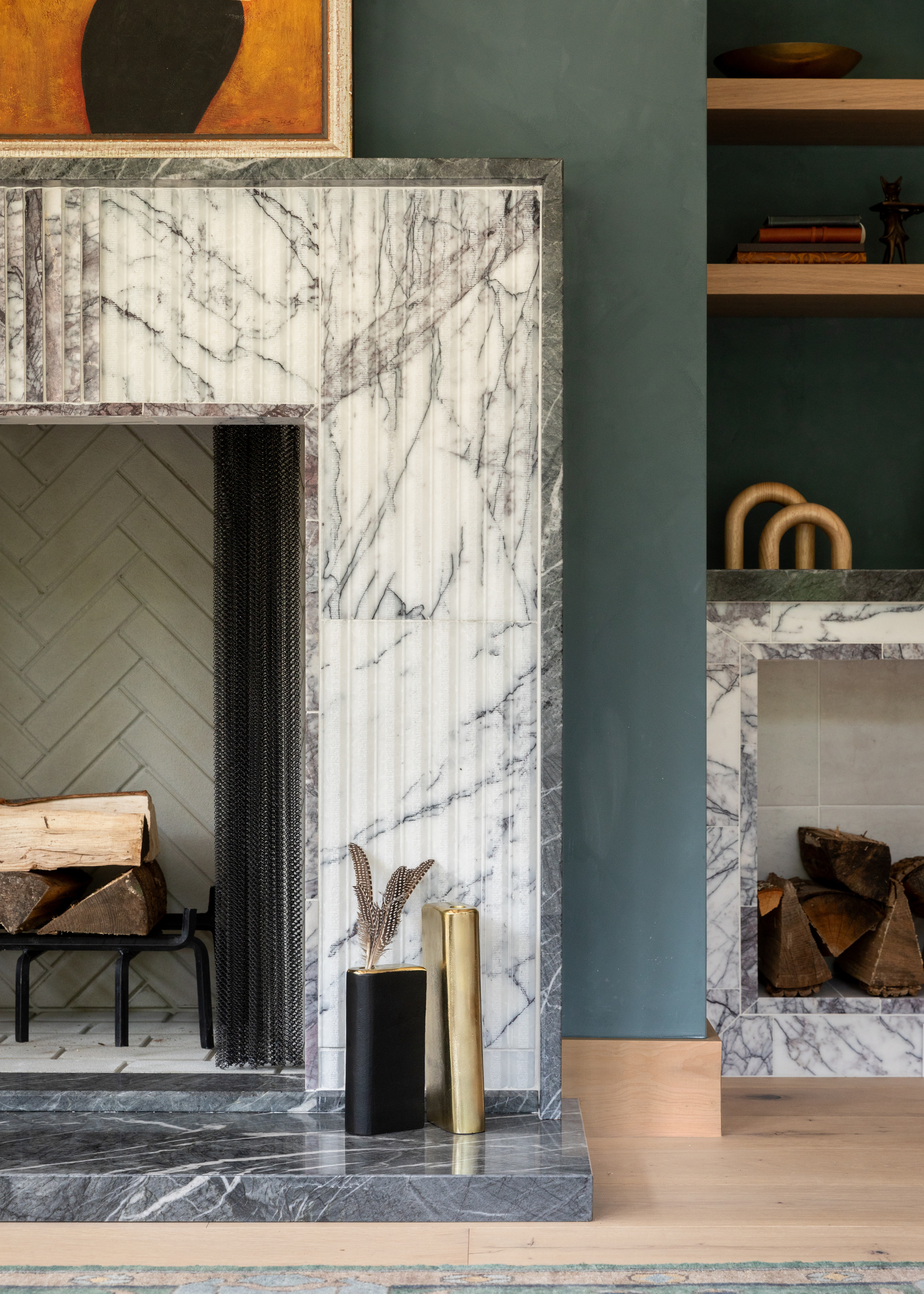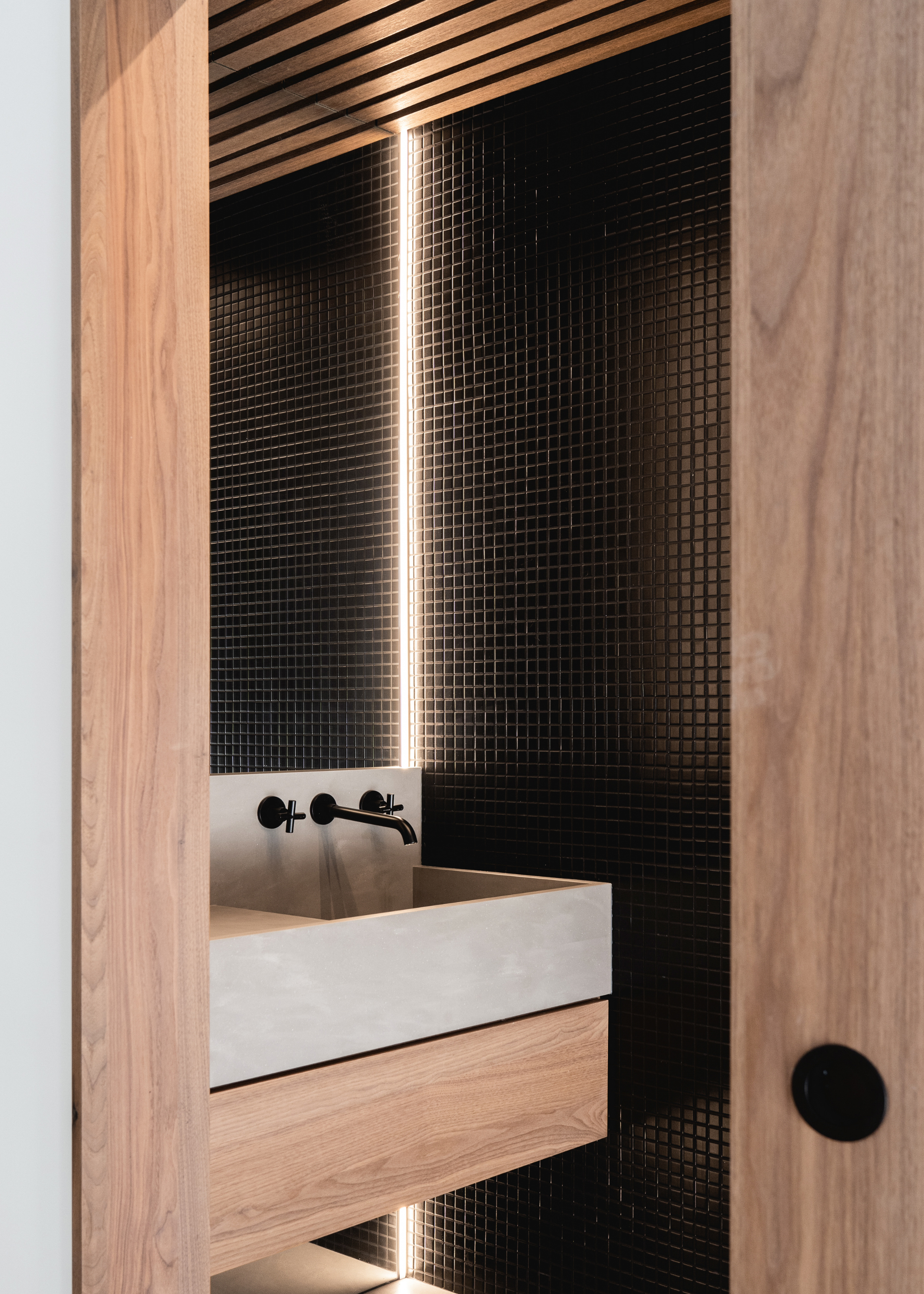
There's something about subtle style that speaks volumes over brand-clad furniture and fashion, too. But speaking of the former, tasteful minimalism has recently been a major indicator of discerning interior grace.
However, the truth is that Japanese design has been incorporating this concept into their interiors for years now, under the name 'iki'. And this principle of design revolves around the aesthetic of refined elegance.
No loud colors, bustling patterns, and ticking trends. Instead, think rich neutrals, classic textures, and timeless minimalism. If this sounds like everything you dream of in a home, here's what you should know.
What Is 'Iki' (粋)?

"Rooted in Edo-period Japan, Iki is an elusive yet elegant aesthetic," says interior designer Nina Lichtenstein. "It speaks to a polished simplicity, quiet confidence, and the beauty of understatement.
"Often translated as chic or refined, Iki isn’t about flash or ornamentation. Instead, it’s about restraint, authenticity, and a natural kind of allure. Something quietly captivating rather than overtly decorative."
Nina explains where Western design might chase trends or maximalism, Iki invites a deeper appreciation for the imperfect, the fleeting, and the unforced. Reminiscent of the quiet luxury trend, therein lies the true beauty of this elevated interior style.
How to Embrace Iki at Home?

According to Jen Baxter, founder of Baxter Hill Interiors, there are a couple of things to remember when designing a living space with Iki at the forefront.
"Start by choosing fewer, but better pieces," she says. "Focus on well-made furnishings crafted from honest materials — natural woods, organic textiles, and handmade ceramics.
"Also, remember to prioritize thoughtful hospitality. Iki is deeply tied to respect for others. Think beyond aesthetics and consider how others experience a space: Is there a place to set a drink? A soft, inviting chair by the window?"
By designing a space to make your guests feel at home, you've already got the essence of Iki under your wing.

"When designing your home in the spirit of Iki, it's important to take inspiration from the personal and unexpected," says Jen. "A sculptural heirloom, a travel memento, or a piece of art that tells a story — things that can create that essential spark of individuality without being too loud."
Lastly, she points out that Iki doesn’t mean perfection. Although this aesthetic seems impeccable, curated, and clean as can be, there's always room for fun. A tad more experimental than minimalism in interior design.
"Contrary to what you might think, Iki allows for spirit and even playfulness," she notes. "Just as long as it’s grounded in refinement and intention."
What to Avoid

If you're wondering what not to do when designing with Iki, Jen tells us that over-designing is one of the biggest faux pas, with respect to this particular Japanese design. "After all, Iki lives in simplicity, subtlety, and small moments of delight," she says.
"It's also against the concept of Iki to simply follow trends or choose items purely to impress. Even the most luxurious piece can feel off if it lacks sincerity.
"And last but not least, I recommend avoiding faux materials that mimic the real thing. Remember that Iki values integrity, in both material and mindset."
So, in place of any faux, low-quality pieces, use authentic Japanese decor as the perfect finishing touches to your home.
Get The Look
Color: Light Beige
This Root Wood Cube Table from Zara Home is the perfect Iki-inspired side table to add a grounding element to your living room or your bedroom.
Color: Cashmere
I spotted this Ferm Living Beige Meridian Wireless Table Lamp at SSENSE and although it's muted in its hues, it's just interesting enough in form.
Quantity: Set of 5
This Tom Dixon Set of Stone Stacking Marble Candleholders from Net-A-Porter is a brilliant decorative piece that can be mixed and matched to suit your mood.
If you're unconvinced as to why Iki is a concept to take inspiration from, Nina explains that living in a home inspired by Iki can be a grounding experience. She finds the gentle restraint of this aesthetic nurtures mindfulness and cultivates clarity.
"By paring back visual noise, you allow space for presence, both physical and emotional," she explains. "Iki encourages us to shift away from consumption and toward appreciation, from perfection to authenticity.
"It reminds us that elegance doesn’t shout; it whispers. And in that whisper, we find a kind of peace that’s increasingly rare in modern life, a quiet luxury rooted not in status but in soul."







